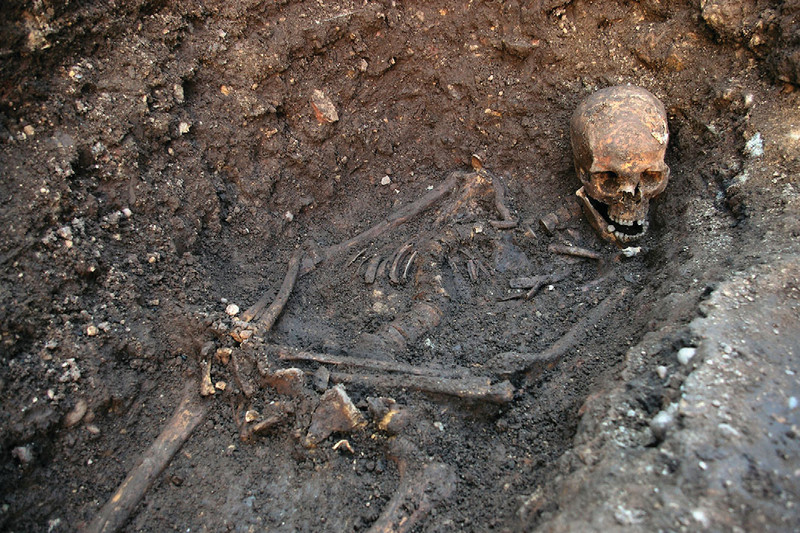
Dubious but entertaining: After the Battle of Wauhatchie on the night of October 29, 1863, rumors circulated that Confederate troops had retreated in the darkness because they’d mistaken a stampede of mules for a cavalry charge. Someone wrote a “Charge of the Mule Brigade,” and the Union quartermaster reportedly asked that the gallant mules “have conferred upon them the brevet rank of horses.”
But there are no Southern reports of a mule attack at Wauhatchie, and one Confederate combatant categorically denied the story when it appeared in Grant’s memoir. At best, it appears, some mules broke loose and caused enough confusion to permit the 137th New York Infantry to arrive and oppose the rebels.
“The exact details of whatever the mules did at Wauhatchie will never be precisely known,” writes historian Gene C. Armistead in Horses and Mules in the Civil War (2013), “but the story is too humorous and too good to abandon.”





